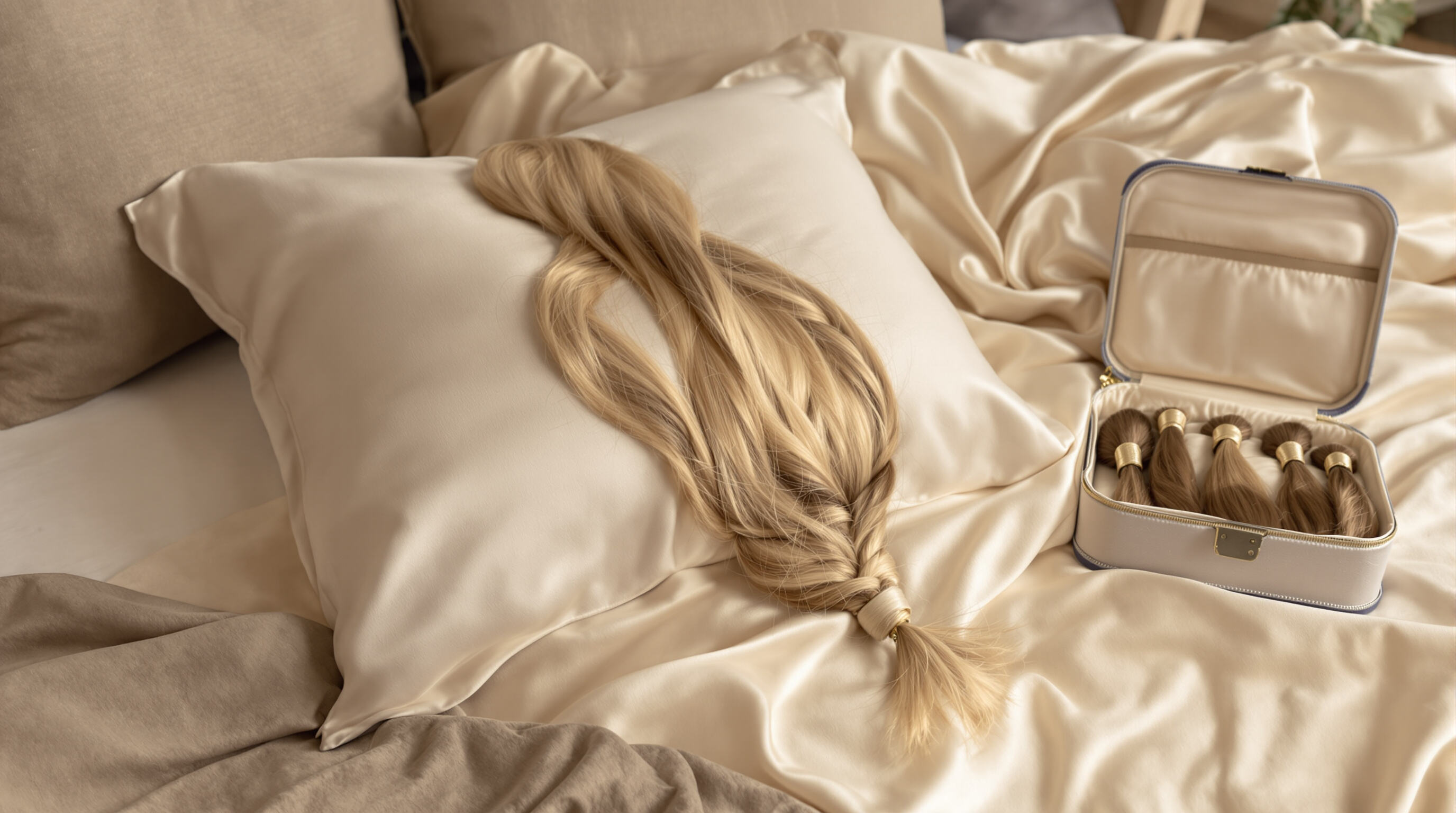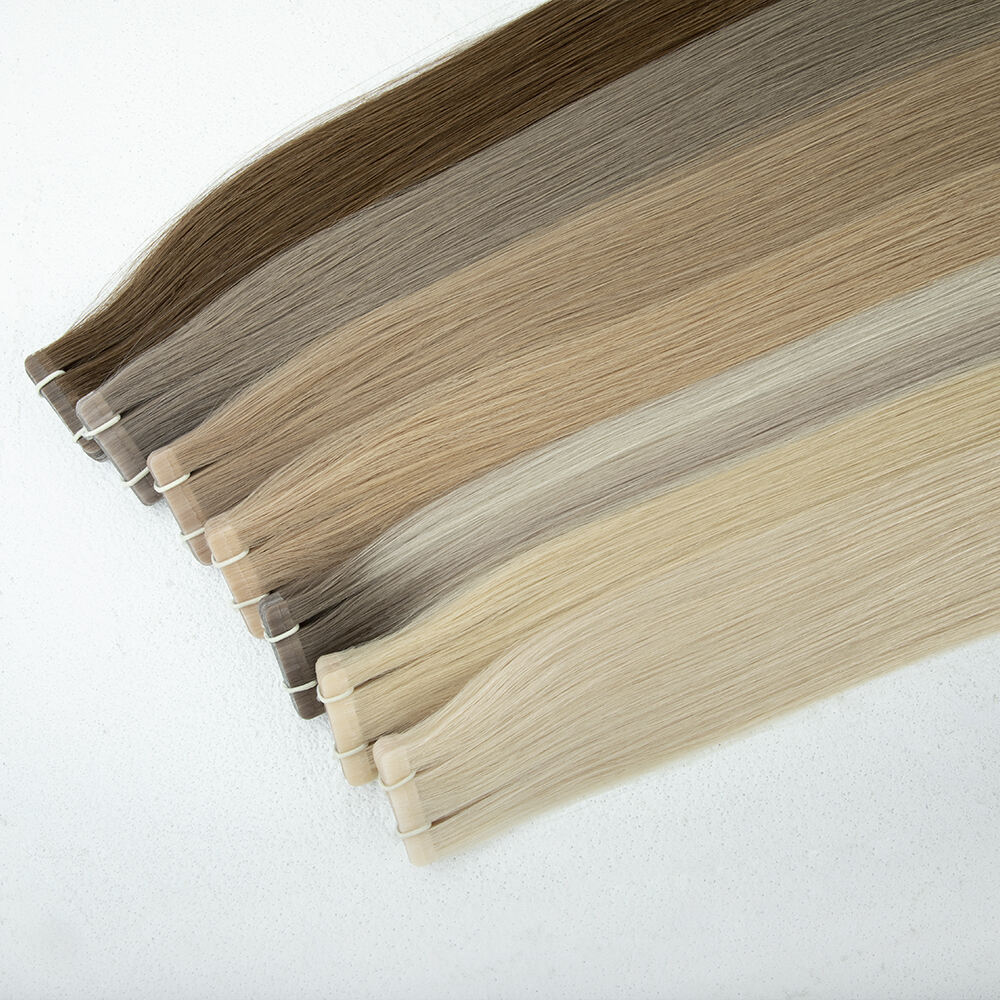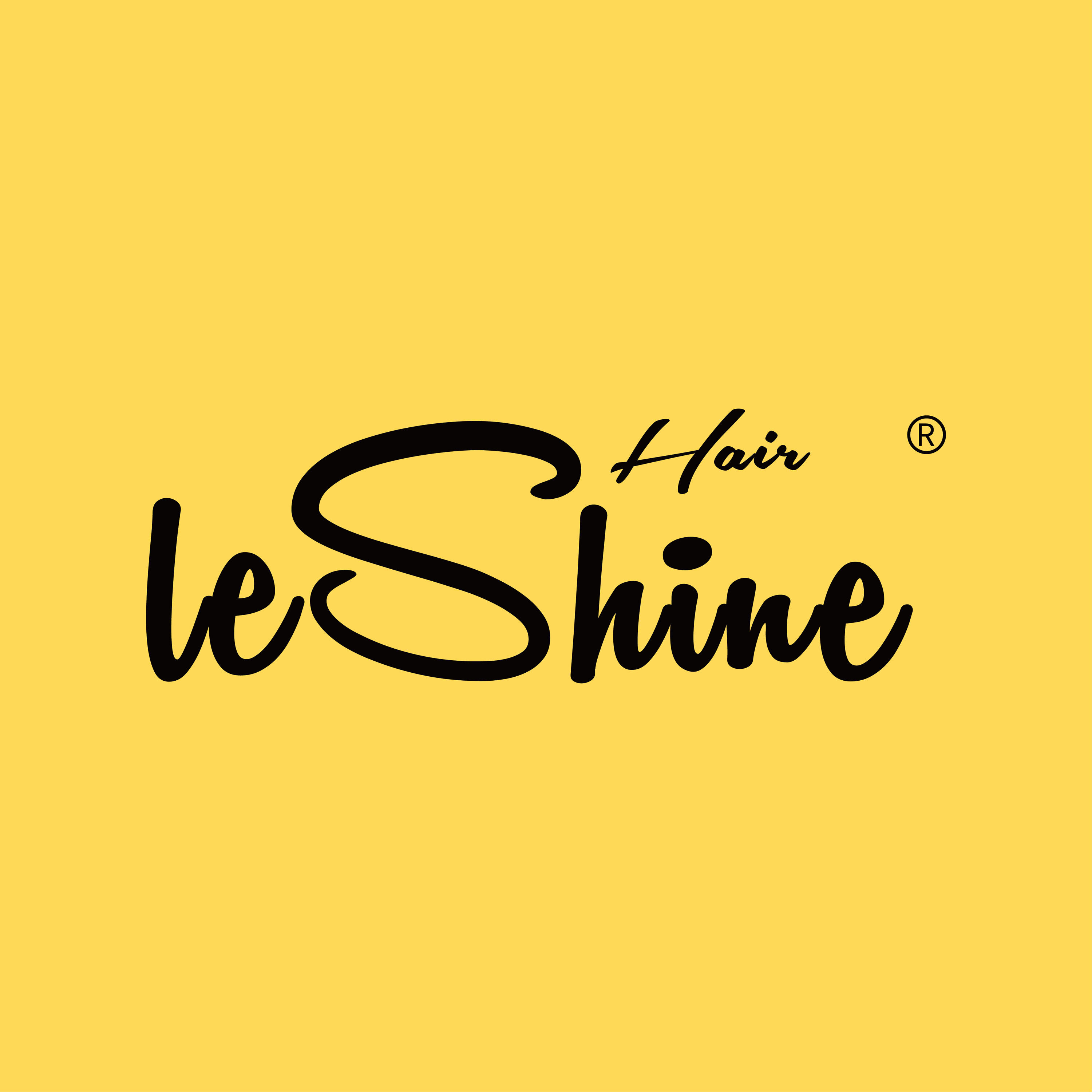Understanding Hair Extension Types and Their Care Needs
Key Differences Between Synthetic and Human Hair Extensions
Real human hair extensions generally stick around for about six to twelve months if someone takes good care of them, but synthetic ones tend to fall apart much faster, usually lasting only two to four months before they start looking worn out. The real deal looks and moves just like regular hair does, so people can actually style it with heat up to around 360 degrees Fahrenheit or so. Synthetic stuff is totally different though. It melts when exposed to temperatures over 300 degrees Fahrenheit, which means folks need special low heat styling equipment to work with it without damaging anything. When it comes to maintenance expenses, there's another difference worth noting. Human hair extensions really respond well to those expensive salon grade shampoos and conditioners, while most synthetic options will do just fine with cheaper sulfate free products available at drug stores.
Why Fiber Type Matters: Heat Resistance, Texture, and Longevity
According to research published in 2023 on textile durability, real human hair keeps around 92% of its strength even after being washed fifty times, whereas synthetic materials only hold onto about 68%. When it comes to heat tolerance, this makes all the difference for styling options. Natural hair extensions work great with curling irons and straightening tools without issues, but synthetic ones tend to get frizzy or worse, melt when exposed to high temperatures. Getting the texture right matters a lot too. If someone puts thick, coarse synthetic strands next to their own fine natural hair, the difference stands out visually and leads to more knots forming faster than expected.
Overview of Common Attachment Methods: Clip-In, Tape-In, and Sew-In
-
Clip-ins: Temporary, daily-wear options with minimal tension on natural hair.
-
Tape-ins: Semi-permanent bonds lasting 4–8 weeks, requiring adhesive-safe cleansing.
-
Sew-ins: Customizable, long-term installations (2–3 months) using braided tracks.
Clients with fragile hair should avoid sew-ins due to constant traction, while tape methods demand professional removal to prevent adhesive residue. For 72% of users in a 2024 Haircare Trends Report, clip-ins caused 40% less hair loss than permanent alternatives when used 3x weekly.
Nighttime Protection Strategies to Minimize Wear and Friction

Best Practices for Braiding Hair Extensions Before Bed
Braiding hair extensions properly before bed helps keep them from getting all knotted up and puts less strain on where they attach to real hair. First thing to do is work out any tangles using a comb with wide teeth, then make a loose braid about an inch or two from the bottom end so there's not so much pull right at the scalp area. According to research published last year in the Journal of Cosmetic Science, people who follow this approach see around 35 percent less breakage during the night when wearing human hair extensions. Tight braids should definitely be avoided though because too much pulling just makes both the natural strands and the extension attachments weaker over time.
Using Silk or Satin Pillowcases to Maintain Smoothness and Reduce Friction
Changing from cotton to silk or satin pillowcases makes a big difference when it comes to reducing friction against hair. Research published in 2023 found these materials offer around 43 percent less resistance compared to regular cotton while we sleep. What does this mean? Well, our hair extensions stay healthier because their cuticles aren't getting damaged as much, so there's less frizz and those annoying split ends don't happen as often. And if someone has synthetic extensions, they'll notice the styles last longer since the smooth fabric doesn't mess with the heat they've put in. Pretty simple swap but definitely worth considering for anyone who wants better looking hair after waking up.
Alternative Overnight Storage for Removed Clip-In Extensions
When putting away clip-ins for the night, keep them in a case lined with satin fabric or better yet, hang them on those special hangers designed specifically for extensions. Folding or squishing these attachments is something to steer clear of since bent clips and warped tape tabs tend to lose their hold after repeated use. Want extra care? Give the extensions a quick mist of leave-in conditioner right before storing them. This helps combat dryness without leaving behind any greasy mess that might stick around and cause problems later on.
Safe Styling Practices to Prevent Heat, Tension, and Chemical Damage
Heat styling guidelines: Temperature limits and heat protectant use
Human hair extensions tolerate heat up to 380°F (193°C), while synthetic fibers should never exceed 250°F (121°C) to prevent melting. Always apply heat protectant sprays before using irons or blow-dryers. Lower-temperature settings paired with ceramic tools reduce cuticle damage by 42% compared to metal-plated alternatives (Journal of Cosmetic Science 2023).
Avoiding traction damage from tight styles and frequent manipulation
Limit ponytails and braids to 3x weekly—continuous tension weakens extension bonds by 31% (Dermatology Research 2023). Opt for loose styles using spiral hair ties instead of elastic bands. For clip-ins, reposition attachments every 8 hours to distribute weight evenly across natural hair.
Risks of coloring, perming, or chemical treatments on extended hair
Hair extensions lose 68% more protein during bleaching than natural strands due to prior processing (International Journal of Trichology 2023). Semi-permanent dyes are safer for human hair extensions, while synthetic types should only use alcohol-free sprays. Never apply relaxers within 2" of attachment points to prevent bond degradation.
Professional maintenance: When to visit a stylist for reapplication or repair
Schedule adjustments every 6–8 weeks for tape-ins and sew-ins. Professionals replace worn bonds 40% faster than DIY attempts while reducing hair loss (Beauty Industry Trends Report 2024). Immediate visits are crucial if extensions slip more than 0.5" from the scalp or show visible adhesive residue.
Maximizing Longevity: How Proper Care Saves Money and Enhances Appearance
The Cost-Saving Benefits of Consistent Hair Extension Care
Regular care can actually make hair extensions last anywhere from six to eight extra months as per the latest beauty trends data out in 2023, which means people spend around 60 percent less money replacing them each year. The key is avoiding sulfates in shampoo and always applying some kind of heat protection before using styling tools. Without these basics, hair tends to get really damaged over time, leading to all sorts of frizz and breakage problems. People who braid their hair at night consistently find their extensions stay put much longer too. One study found folks sticking with this protective style saw their investment hold up about 40% longer than those who didn't bother with nighttime protection methods.
Preserving Cuticle Integrity to Maintain Shine and Natural Movement
When the cuticle layer stays intact, it reflects light in a balanced way, which gives those quality extensions their characteristic shine. Brushing gently from bottom up helps keep this protective coating in place. Some research indicates people who use boar bristle brushes see about a third fewer split ends over time. Keeping things moisturized matters too. Light oils work wonders for maintaining flexibility so extensions can move with natural hair movement rather than feeling stiff or brittle. The right balance between care and maintenance makes all the difference in how long these extensions last and look good while they're in.
FAQs
How long do human hair extensions typically last?
Human hair extensions can last between six to twelve months with proper care.
What is the main difference between human and synthetic hair extensions?
Human hair extensions resemble natural hair and can be styled with heat, while synthetic ones are less durable and can melt with excessive heat exposure.
How should hair extensions be stored overnight?
Hair extensions should be stored in a satin-lined case or hung on special hangers to prevent damage.
Can hair extensions be dyed or permed?
Human hair extensions can be dyed using semi-permanent dyes, but it is recommended to avoid perming due to potential damage.







